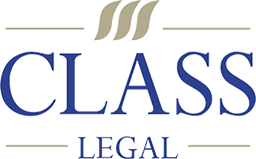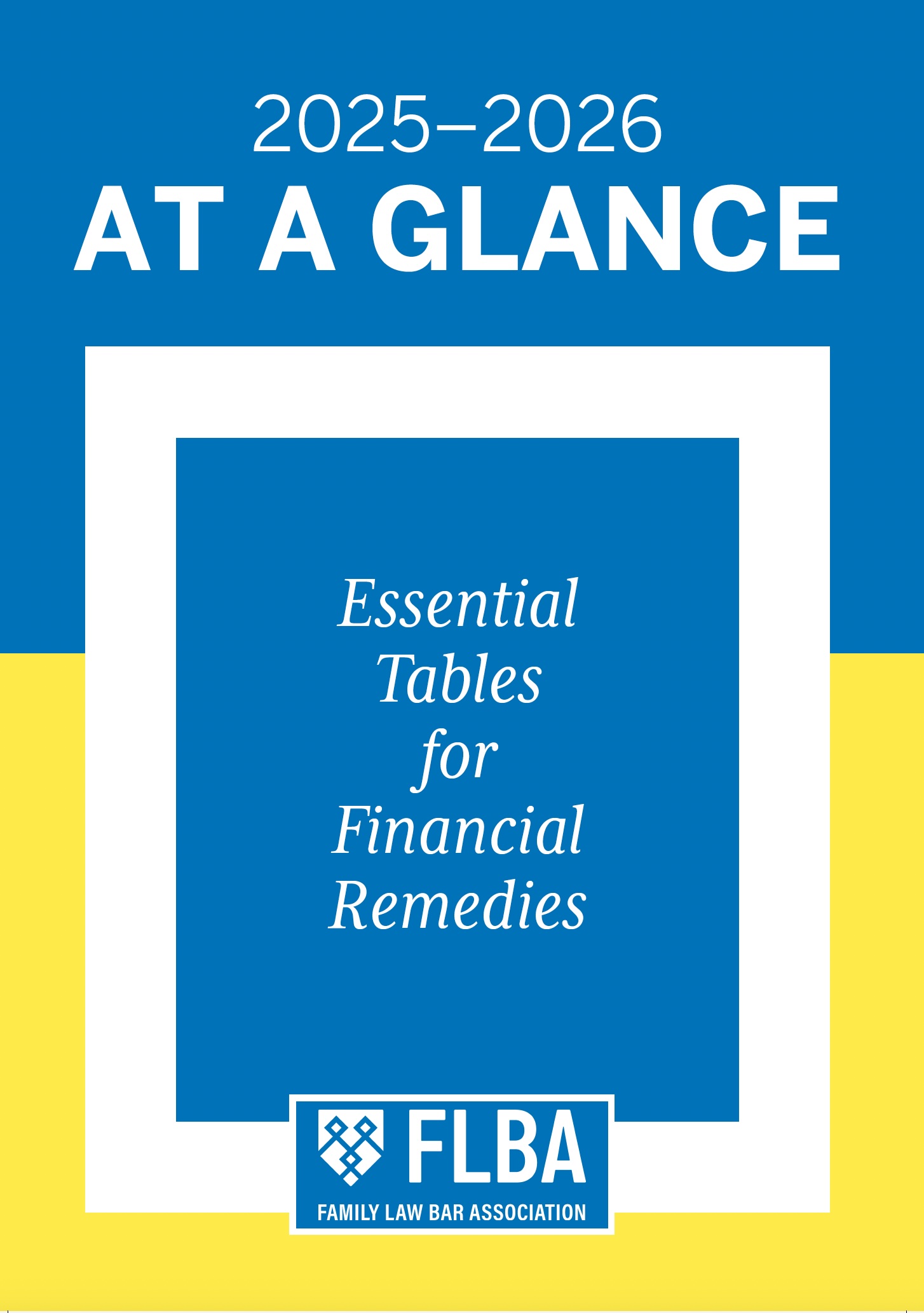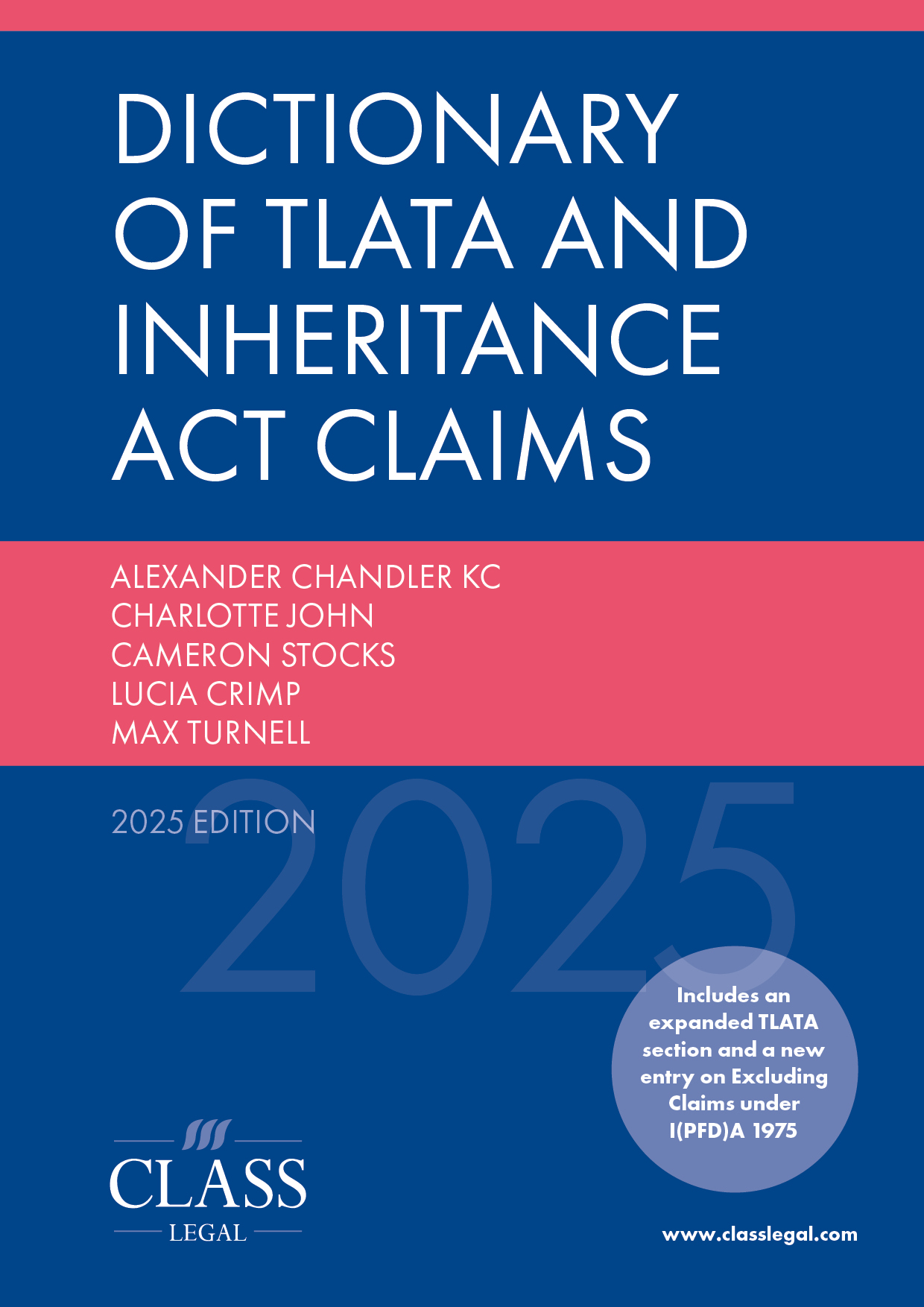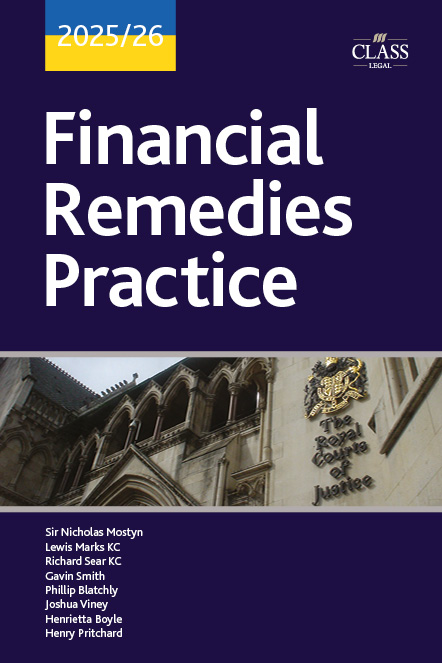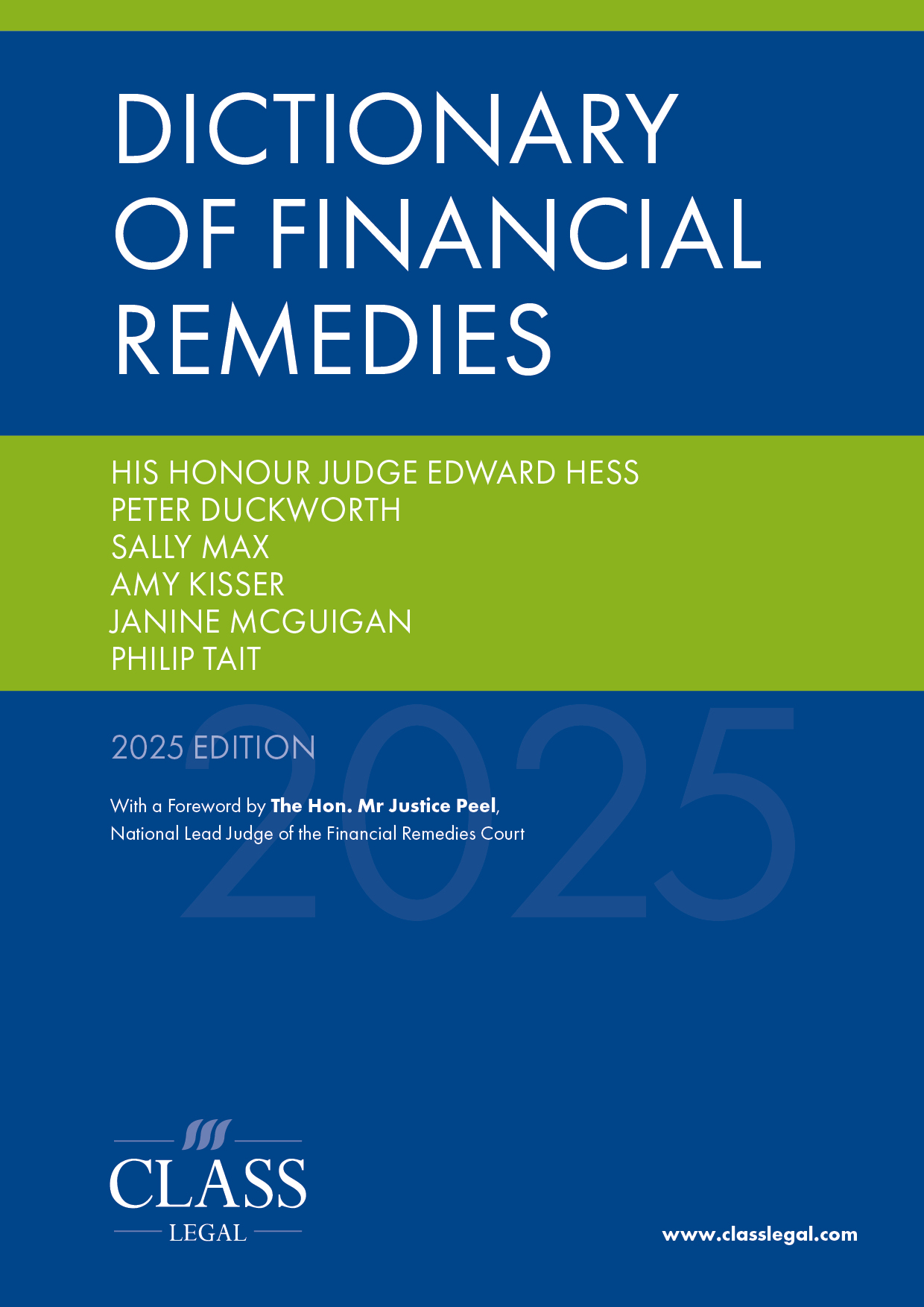
P v Q, R and S [2024] EWFC 164 (B)19 June 2024
Published: 10/02/2025 06:15
https://caselaw.nationalarchives.gov.uk/ewfc/b/2024/164
District Judge Veal. Final hearing concerning W’s claim in financial remedy proceedings for a beneficial interest in two properties which had been bought and renovated by H and the intervenors, H’s parents. District Judge Veal found that W had been dishonest in pursuing her claims and had presented her case in a ‘nebulous way’ which must have felt ‘like a real slap in the face’ for the intervenors.
Background
W was 38 years old and worked as a beautician. H was 47 years old and worked as a builder. H’s father, ‘R’, was also a builder and H’s mother, ‘S’, monitored the finances of H’s and R’s property development work: H and the intervenors would portion the profits made from their redevelopment works in line with the portion of work put in by them to those redevelopments. W’s evidence was that she had no real understanding of these arrangements.
H and W met in 2008 and married in August 2011. There are two children of the marriage, who were 11 and 9 years old respectively. There were five properties with which the court was concerned. District Judge Veal found that these had all been development properties and all had been purchased with a view to H and the intervenors renovating them in furtherance of their business.
W claimed that ‘Property 5’ owned by the intervenors was held on trust by H and W in equal shares, and that H had an interest in ‘Property 1’, which was owned by the intervenors H. This was disputed by both H and the intervenors. W relied on a common intention constructive trust having arisen in respect of Property 1 and Property 5, or – in respect of Property 5 – in the alternative, a resulting trust having arisen.
The law
District Judge Veal set out that in establishing a CICT, the starting point is that equity follows the law, as per Stack v Dowden [2007] UKHL 17: it was for W to establish that, in this case, the beneficial interest in the property did not follow the legal title, either because of a common intention between the parties, or due to inferences drawn from the parties’ conduct. In relation to Property 5, W invited the court to consider in the alternative the resulting trust analysis by reference to any contribution made towards the purchase price of the property.
Property 1
W’s claim in respect of Property 1 was that H had acquired a beneficial interest in Property 1 by way of a CICT. The presumption was that the beneficial ownership in Property 1 was shared between H and the intervenors, as they were all on the title.
Property 1 was bought in 2004 by H and the intervenors. In 2005, the intervenors bought out H’s interest in the property, but H remained on the mortgage. W claimed that she had not known this. There was no declaration of trust. From 2006 until 2022, Property 1 was rented out and the intervenors received the rental proceeds. In 2022, the intervenors moved into Property 1.
W pursued her claim to Property 1 on the bases that H remained on the mortgage and that ‘the children needed a roof over their heads’; [47]. District Judge Veal found that H did not have any beneficial interest in Property 1, noting that:
- Property 1 was bought for redevelopment purposes so the CICT approach may not have been the correct approach at all.
- It was ‘misleading’ for W to have asserted that she did not know H’s interest had been bought out given that evidence had been provided to her of the same in August 22 pre-proceedings.
- ‘It is neither here nor there that no trust deed was put in place when [H’s] share was bought out’; there was evidence that the intervenors paid H the sum equivalent his share of the property.
- Rental income after H’s share was bought out was paid to the intervenors alone, and not H.
- There was extensive evidence provided by H and the intervenors to support their case which could not be said to have been ‘reverse engineered’ as W suggested: their record-keeping took place before H and W met and it was unlikely that H and the intervenors would have been making decisions on the basis of an off-chance that H would, in the future, marry someone who might later claim an interest in the property.
- W had minimised H’s involvement in the property against the evidence.
Properties 2–4
From 2009 until 2016, H and W lived in three separate properties, each of which District Judge Veal found had been bought as investment properties. H undertook renovation works in respect of each of them. W had not been put on the title of any of them. District Judge Veal determined that in respect of each of the properties, equitable interests were aligned with legal interests.
Property 5
The legal title of Property 5 was vested in the intervenors. The presumption was therefore that the beneficial ownership in Property 5 belonged in its entirety to the intervenors. W claimed that the beneficial ownership of that property was vested in H and W in equal shares by virtue of a CICT or (as pleaded at the ‘eleventh hour’) in the alternative, by virtue of a resulting trust.
W’s case was that Property 5 was meant to be the family’s ‘forever home’, which the intervenors bought as H and W could not afford it. H’s case was that the property was always intended to be the intervenors’, but they allowed H and W to live there free of charge as they could not afford to buy it, in exchange for H undertaking renovation works on it. W asserted that she was paying money to the intervenors for rent, but District Judge Veal found that this had not been the case.
District Judge Veal found that H did not have any beneficial interest in Property 1. He concluded that:
- Starting point was that the property was bought by the intervenors, and that W did not sign any legal documents and there was no express agreement that H and W would have an interest in the property.
- It was H’s renovation work which had led H and W to living in properties on three separate previous occasions and Property 5 was bought as a further investment property like those which went before it.
- Payments to S during their time at Property 5 were not mortgage repayments as the sums paid did not line up with the mortgage liability.
- It did not matter that H and W paid the outgoings; tenants of rented properties would do the same.
- Had H meant to have had an interest in the property, his name would have been on the title, as had been the case with the previous properties.
Overall outcome
District Judge Veal found at [130] that:
‘Fundamentally, in my judgment and on balance, each and every property which I have referred to in this judgment was purchased as an investment. That finding is consistent with the evidence, not only in connection with the particular properties with which I am concerned, but also looking at the history I have set out in connection with the other properties too.’
District Judge Veal was critical of W’s pursuit of her claims and reiterated the need for proper pleading in these cases in line with the principles in TL v ML, the parties’ duties under FPR 1.4 to assist the court to further the overriding objective in FPR 1.1, and the expectation of fairness arising from Article 6 ECHR: ‘it is incumbent on parties involved in this type of claim to raise with the court, at the case management stage, the need for directions to be given of the sort contemplated in TL v ML’; [158].
District Judge Veal also dealt with the question of whether this judgment would be reported and, if so, anonymised. He balanced the competing Article 8 and Article 10 rights in accordance with Re S (Identification: Restrictions on Publication) [2004] UKHL 47. His ultimate conclusion was that, given a lack of public interest in the case so far, and given the impact on the children’s Article 8 rights should the judgment be published without anonymisation, the judgment should be reported but anonymised.

